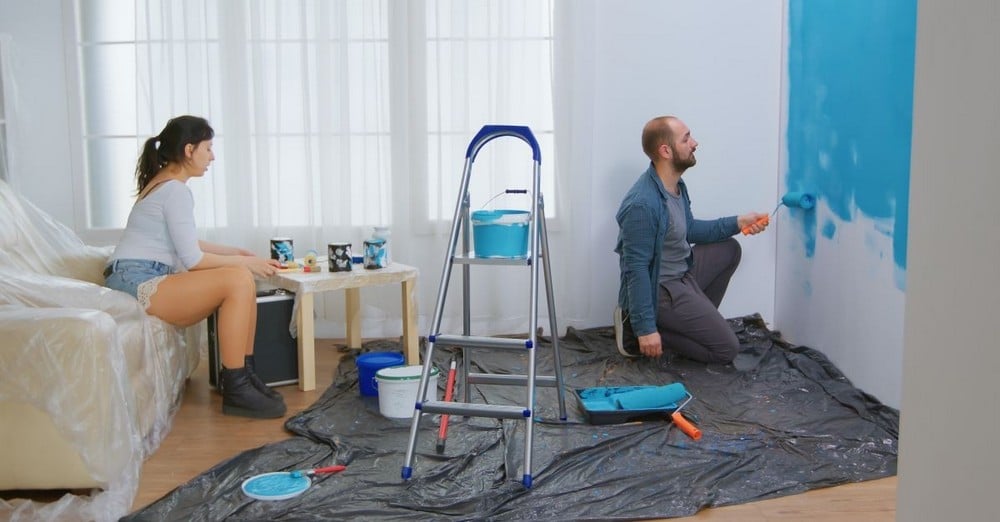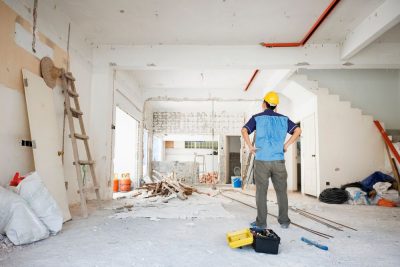
Renovating your home?
You’re not alone.
Perhaps it’s finally opening up that tight kitchen or reimagining your gloomy bathroom as a spa retreat.
Renovations are a thrilling way of re-creating your home. But let’s face it: Things have a tendency to go horribly awry without planning.
Budget blowouts, surprises behind the walls, and contractor communication breakups, these are all possibilities.
However, they are avoidable.
This guide covers the five most crucial things to know prior to commencing, along with expert tips, real-world hacks, and answers to most asked renovation questions.
Whether you’re renovating one room or your entire house, this is your beginning point.
1. Establish Your Goals and Scope
Before you grab a hammer or sift through tile samples, sit back for a moment and consider why you’re renovating.
Are you desperate for space, freshening the look and feel of your house, or getting it ready to sell?
Understanding your motivation informs every subsequent decision, including your design decisions to how much money you’ll spend. It also dictates how large the project will need to be.
The more you understand initially, the easier things will go down the line.
2. Carefully Plan And Have a Buffer
Renovations tend to surprise even the most well prepared homeowners. So it’s smart to have a realistic budget and a 10 to 15 percent buffer before you begin.
Start by making an educated guess at the material cost, labor, permits, and design services. For instance, if you’re doing kitchen remodeling, factor in present-day labor cost in your area.
Don’t forget to include the cost of unforeseen issues that are sure to pop up, like hidden plumbing or ancient wiring in the walls.
Over-spending on features that won’t add to your home’s resale value in the long run can come back to haunt you. Especially if you’re selling in the not-too-distant future.
3. Plan Well
One of the biggest misconceptions owners have is minimizing how much planning needs to happen before the first wall is knocked down. Even small renovations can require permits, especially if you’re doing structural changes or moving plumbing or electricity. Approvals such as these prevent delays down the road.
Another essential aspect is timing. Some items, like custom cabinets or specialty windows, take months to deliver.
It is a good idea to map out your renovation schedule and be aware that like construction renovation is also not very fast-paced.
4. Assemble the Right Team
Hiring the right professionals is one of the most important parts of any remodel. A licensed, insured contractor is an absolute necessity, not just for quality, but for your own peace of mind and safety.
If you’re doing anything more than cosmetic work on your project, it’s also a good idea to hire a designer. Designers help with maximizing layout, flow, and lighting, and can even save you money by preventing costly mistakes.
Bonus: Communication is key once you have your crew assembled. Get on the same page, have frequent meetings, and get everyone the same expectations from the get-go.
Also, always check references, past work, and reviews before you sign any papers. A remodel is a collaborative effort, so hire people you trust.
5. Prepare Yourself
When you begin construction, it makes a big difference if you are physically and mentally ready.
Start by clearing out the room you are remodeling and cover up the rest of your house in dust and noise barriers.
When possible, document your house before you begin. This comes handy in case of insurance claims or unexpected damage.
Also, it’s a good idea to alert your neighbors to what is to come so they aren’t caught off guard by noise or parking changes.
With older homes, you need to be aware of health risks such as lead paint or asbestos, which need to be addressed by licensed professionals.
Remodeling can be invasive, so taking the time to prepare your space and your mind will make the entire process less intimidating and more manageable.
Final Thoughts
Remodels never quite go as envisioned. But careful planning will reduce stress and cost in full. Here’s a quick summary of what you can do:
- Know “why” you want to renovate. Is it for function, feel, or value?
- Budget realistically and add buffers.
- Pre-authorize and plan, do not construct blindly.
- Hire and communicate effectively, get your team aligned.
- Clear your space.
Follow these steps, do your renovation correctly, and within weeks you’ll be living in a refurbished space customized-to-your-taste.








